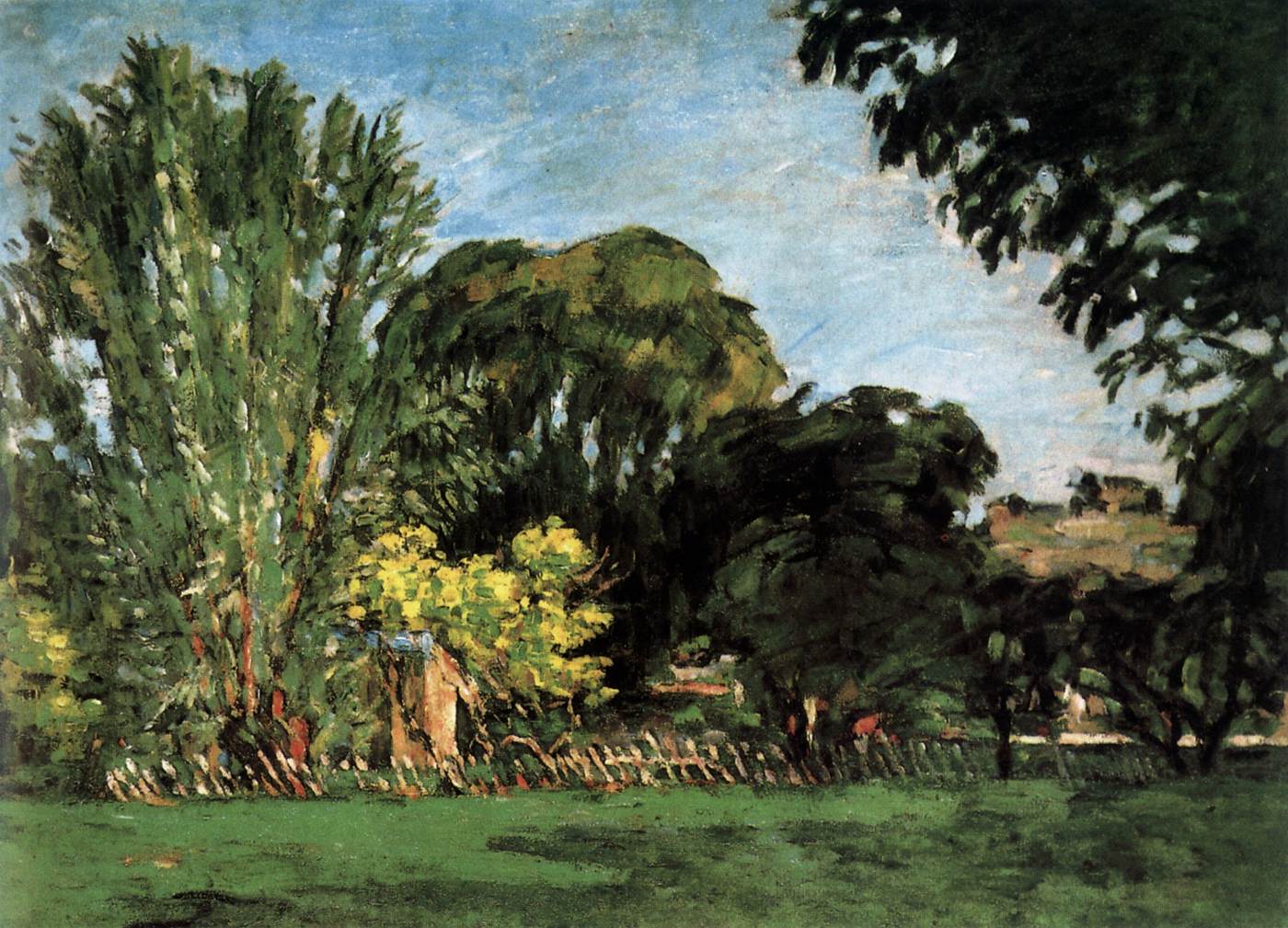Description
Paul Cezanne's Trees in the Jas de Bouffan painting is a masterpiece of Impressionism and one of the artist's most famous. The work was created in 1885 and its original size is 54 x 73 cm.
Cezanne's artistic style is characterized by his focus on geometry and the structure of natural forms. In Trees in the Jas de Bouffan, the artist uses loose, vibrant brushstrokes to create the sensation of light and movement in the landscape. The painting is a perfect example of the use of the "split brushstroke" technique, in which the artist divides the brushstroke into small individual brushstrokes to create a vibrating effect on the image.
The composition of the painting is interesting, as Cezanne uses a very high perspective to show the landscape from above. This creates a sense of depth and distance in the image, making the viewer feel as if they are looking down a valley from a hill.
Color is another highlight of Trees in the Jas de Bouffan. Cezanne uses a palette of bright, saturated colors, which blend and overlap to create a sense of movement and life in the landscape. The predominant green and yellow tones in the painting create a feeling of warmth and tranquility.
The history of the painting is also interesting. Jas de Bouffan was an estate near Aix-en-Provence where Cezanne spent much of his life. The painting represents a forest near the farm, which the artist used to visit frequently. The work was exhibited at the first Impressionist exhibition in 1874, but was not very well received by critics at the time. However, over time it has become one of Cezanne's best known and most appreciated works.
In short, Bouffan's Trees in the Jas is a stunning painting that stands out for its artistic style, composition, color, and the story behind it. It is a work that continues to captivate viewers and that shows the genius of one of the great masters of impressionism.

